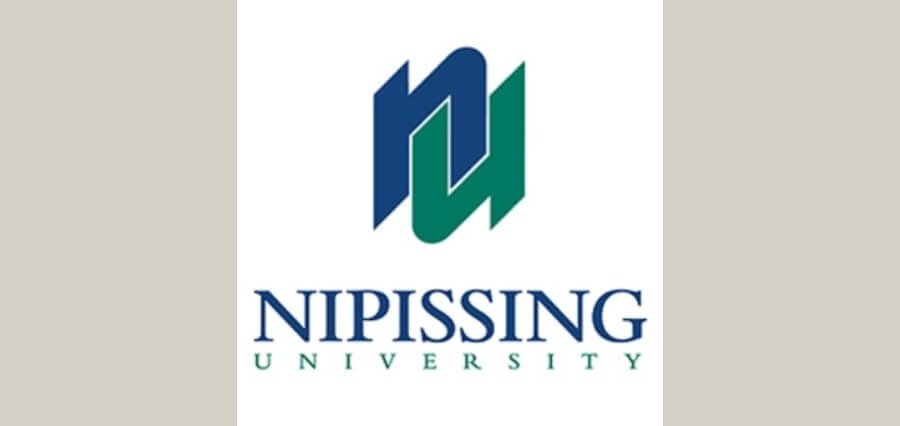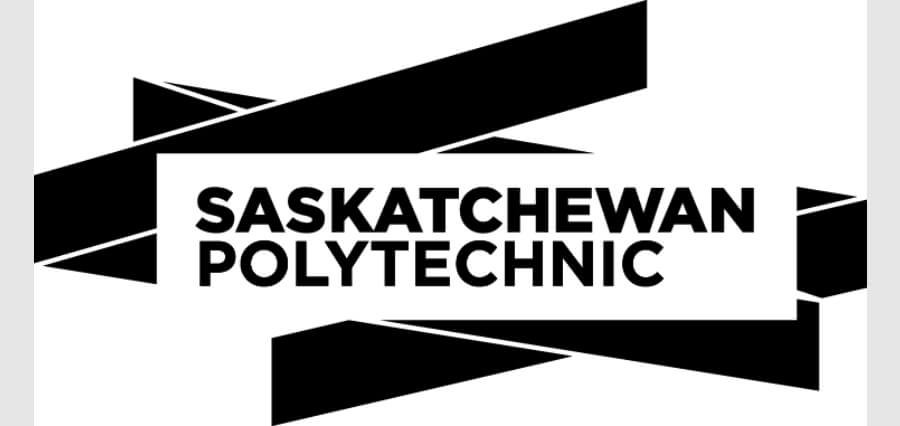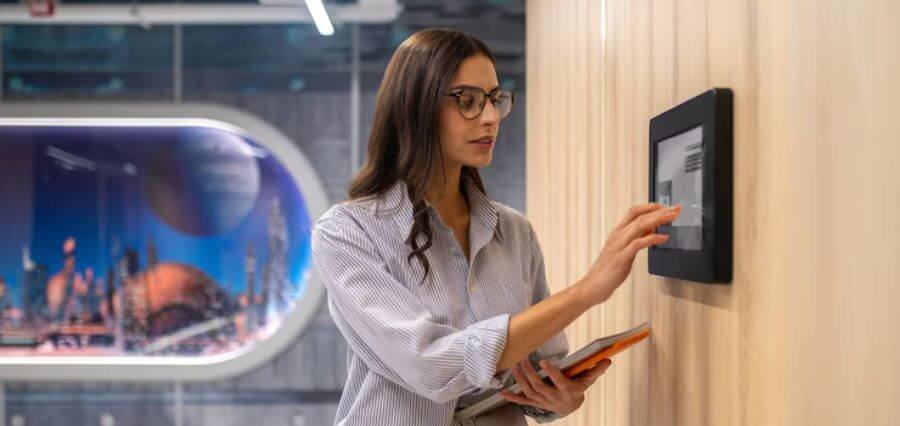Preparing children for the future is a difficult task as the ever-changing technological landscape is transforming the way we live and work in unpredictable ways. These changes are expected to disrupt business models and the labor market further so, the skills needed to succeed will shift. The World Economic Forum recently listed the top skills required for what has been deemed the “Fourth Industrial Revolution” to include higher-order thinking skills such as complex problem-solving, critical thinking and creativity among other “soft skills” that can’t yet be mimicked by artificial intelligence. Given the exponential revolutions in technology, it is no wonder there is a significant focus on developing skills needed for success in STEM subjects (science, technology, engineering, and math). Forward-thinking institutions are seen making swift efforts to ensure children are building the foundation they need by incorporating STEM or STEAM as part of the teaching and learning offered.
STEM education has gained popularity as it allows students to learn through a cross-curricular approach to produce ideas that address real-world problems, just as they would in a real job. Being cross-curricular in nature, STEM offers a natural opportunity for students to produce projects which are integrated in their inquiry units and also cover a variety of disciplines. This approach allows students to build on project management, cognitive flexibility, and get natural inspiration from the curriculum. Students can pursue projects related to their passions rather than solely prescribed by the teacher. An example of this might be a “shark tank week”, where although the students have to solve an environmental issue but have freedom to design a unique solution. To accomplish this, students must employ a complex problem-solving approach. They need to research, tests ideas, collaborate with classmates and use creativity to find a unique solution. During this process, they might need an understanding of math to build a prototype to scale, science to understand the limitations of the solution, geography to understand the area and terrain and their literacy skills to write and deliver a succinct proposal. This is a big shift from the traditional isolated subject approach where a student might produce a project in each area as opposed to one that encompasses all the areas of study. It doesn’t mean that students won’t be specializing in certain areas however, wherever possible the STEM approach encourages synthesis.
The question might remain, what about technology? Don’t students need technology to prepare for the future of work? Yes, and no. Yes, integrating technology into core programs and using it to support learning in all subjects from art, math, drama, literacy and more is a great way to leverage it effectively. As technical literacy is important, many schools offer 1:1 iPad programs and a 1:1 laptop programs for students from an early age. In schools preparing students for the future parents can expect that coding, robotics and a variety of apps are used to support learning. It is important for parents to However, humans in the next generation will still have a lot to offer that can’t be provided by computers. It will be human characteristics such as emotional intelligence that set us apart from artificial intelligence. Therefore, Stamford and schools that promote this combination of skillsets will have graduates not only with the technological literacy needed for tomorrow’s world but also the soft skills that will set them apart from their peers.
About the Author
Linda Cheung has extensive experience teaching STEM subjects in both North America and Asia. Her formal education is focused on science, and her Master’s degree is in Secondary Science Education. She joined Stamford as the STEMinn Coordinator supporting teachers in the delivery of this inspiring program to elementary students. Her keen interests in science, technology, art, music, and sustainability played a key role in enriching the educational endeavors in innovation and the CCA program. She has organized several robotics competitions and directed many showcases of student work in school fairs of which she believes hold immense value for all students of any ability. Linda says, “I am passionate about inspiring my students to be caring and innovative citizen scientists by enriching their educational experience through science, technology, art, music, and sustainability.”









